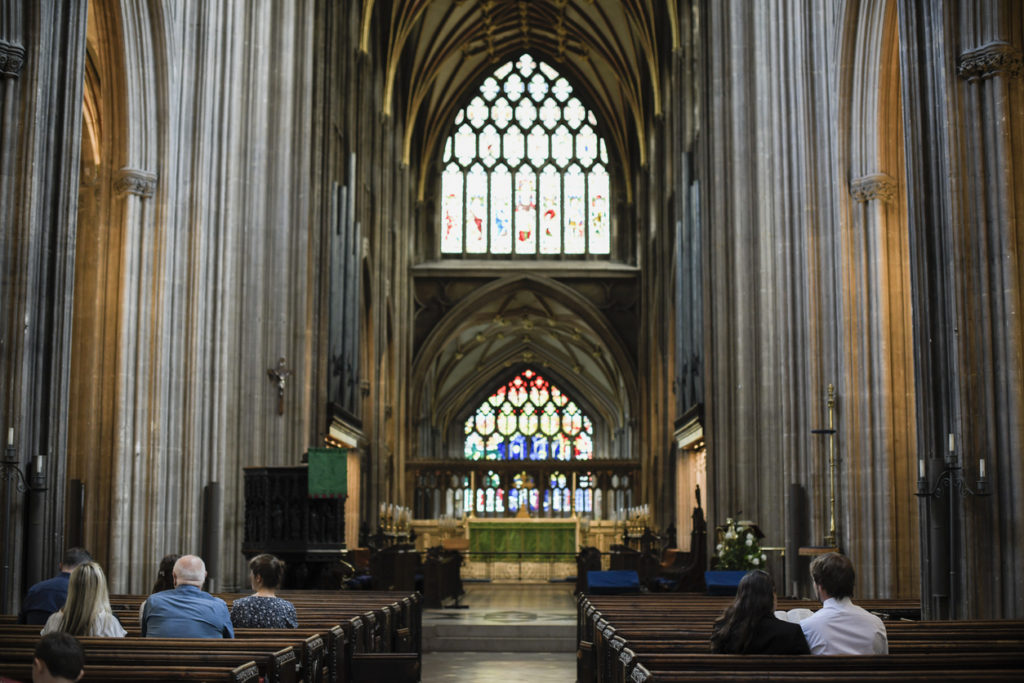In recent years, the landscape of religious belief in England has undergone a significant transformation, leading to an intriguing question: How many churches are there in England? This inquiry not only seeks to quantify the number of places of worship but also probes deeper into the implications of changing religious affiliations, particularly the decline of Christianity as the predominant faith.
According to recent statistics from the national census, the religious demographic of England has shifted considerably. Within the context of the Church of England, and other Christian denominations, the most recent census data reveals that Christians now constitute a minority of the population. This marks a crucial departure from the historical precedence where Christianity was deeply weaving into the fabric of English identity.
To delve into the specifics of church numbers, it is essential to understand that England is home to a multitude of Christian denominations, each with its unique architecture, traditions, and congregations. The Church of England, as the established church, boasts thousands of parish churches scattered across the country. These churches serve as communal hubs, offering a plethora of services, from traditional worship to various community activities.
In addition to the Church of England, other denominations contribute significantly to the number of churches. The Roman Catholic Church, which has seen a resurgence in membership, operates numerous parishes. There are also a host of Protestant denominations, including Methodists, Baptists, and Pentecostals, each maintaining their houses of worship. This diversity not only enriches the religious tapestry of England but also presents a kaleidoscope of worship practices and theological perspectives.
However, while the total number of churches may be on the higher side, it is crucial to consider the implications of dwindling congregations. Many churches are faced with dwindling attendance numbers, leading to the closure of facilities. Statistics indicate that some congregations have transformed or repurposed their buildings, converting places of worship into community centers or even apartments. Yet, this trend does not often overshadow the remarkable resilience exhibited by many communities that strive to maintain their spiritual practices amidst adversity.
Positioned against this backdrop, the rising number of non-religious individuals poses challenges for churches to stay relevant. As secularism gains traction, many individuals identify as “nondenominational” or prefer a spiritual but not religious identity. This trend elicits a vital question about the future of Christianity and the role of churches within the broader societal framework.
Exploring the challenges faced by churches ignites curiosity regarding the future of faith in England. The dwindling number of individuals attending worship services raises poignant questions: Can the church adapt to the changing secular landscape? Will it remain a viable option for future generations? While the challenges are significant, they are met with innovative responses from church leaders who seek to engage younger audiences and redefine what it means to belong to a faith community.
One noteworthy response to the decline in attendance has been the emergence of contemporary worship styles. Many churches are now seamlessly integrating modernity with tradition, utilizing technology and social media to connect with younger members. They’re fostering spaces for dialogue and discussion, making faith feel accessible and relevant. In addition, churches are emphasizing their community roles, eager to address social issues and provide support in a world that often feels fractured.
This evolution prompts a redefining of what it means to be “church.” The sanctuary is no longer solely a place for Sunday worship; it becomes a community outreach center, a school, or a safe haven for those seeking solace. Consequently, the idea of church morphs into something far more profound, encompassing various social missions and community engagement activities. This shift illustrates a promise of renewal, a beacon of hope that faith can once again be a fundamental aspect of life in England.
As the framework of religiosity shifts and perspectives expand, historic churches continue to remain as markers of cultural identity. Their architectural prowess evokes a sense of reverential nostalgia. They remind us of the past while standing as a testament to the enduring power of belief. Individuals contemplate their significance, not merely as religious spaces, but as historical sites that contribute profoundly to the culture and heritage of England.
The question of how many churches exist is more than just a numerical inquiry—it reflects the ever-evolving narrative of faith amidst profound societal change. A growing interest in the spiritual dimension resounds throughout diverse segments of society, suggesting that while attendance may diminish, the search for meaning persists. People are exploring spirituality in different forms, some rediscovering traditional faiths while others embark on new spiritual journeys.
In contemplating the future, one may ponder: how will the church navigate this complex terrain? Can solitary churches overcome the isolation brought by decreasing numbers? The ongoing dialogue around religious affiliation is not just significant for churches but for society at large, as it grapples with purpose, identity, and what it means to belong.
As the conversation progresses, curiosity about the nature of church and its role deepens. While statistics paint one picture, the real story lies in the hearts and minds of individuals seeking connection—whether through traditional worship, community service, or new spiritual discoveries. Ultimately, the question will evolve from how many churches exist to how these institutions can adapt and thrive to inspire future generations.



